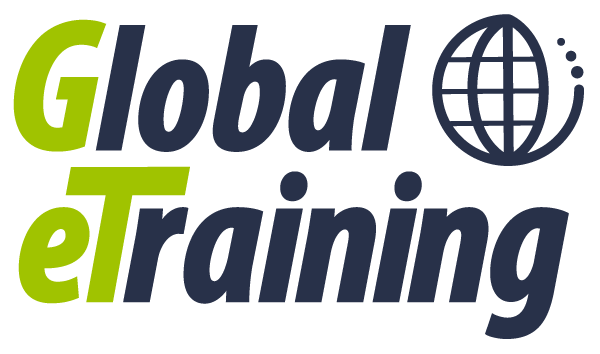The virtual design learning population includes a variety of skill levels and learning styles. Before you introduce online learning, these learners will naturally rely on a combination of formal education, self-paced learning, face-to-face training, coaching and mentoring, and social learning to meet their career learning objectives. The ideal balance of learning methods is different for all of them, and throwing e‑learning into the mix doesn’t change that.
In 2013, Kineo, a global workplace learning company, in cooperation with The Oxford Group, executive, and team coaching organization, surveyed the learning and development teams of approximately 100 companies in a variety of industries. Responses highlighted that: “…the learning blend led to more effective learning than simply using a single learning method.”
You can read the report in full on the Kineo website: http://www.kineo.com/m/0/blended-learning-report-202013.pdf
Know your learner population
The Kineo/Oxford report identified some trends, for example, senior leaders typically avoided self-paced e-learning in favor of one-on-one, face-to-face coaching. They were only a little warmer about access to online learning resources, while technical personnel favored this over all other options. Managers and frontline customer service personnel both favored face-to-face training, but not exclusively.
The Kineo/Oxford report also illuminated how demographics affect these preferences. For instance, younger generations will be more open to online and multi-device learning, simply because they have a higher comfort level with the technology and have experience learning with it from childhood. The time each person has to invest in learning is also a factor. Those with fuller schedules, namely senior management, need to pack more learning into less time. Whatever blend allows them to do that will be the favorite.
Every corporate learning population is varied and challenges learning managers to blend the program effectively. It will be important to categorize, being mindful of skill levels, age demographics, and to a lesser extent, learning preferences. Learners might prefer methods that aren’t necessarily the most effective for them. They choose it because of their biases and personal comfort levels, which may be optimal sometimes, but not always. The blend might reveal a better combination for them, so providing exposure to other methods is valuable, as well as making your learning implementation an iterative process. The designers of the blend must learn from the feedback being received.
Creating a single, unifying vision for all people in your learning population will strengthen the plan.
Define objectives
The Kineo/Oxford report showed that the highest percentage of respondents recommended carrying out a thorough needs analysis and utilizing pilot programs, asking for feedback throughout the process. It also reported surprise at how common it was for organizations to embark on designing a blend without first identifying organizational learning objectives. Good learning outcomes are focused on what the learner will be able to do by the end of a defined period and indicate how that knowledge or skill will be demonstrated.
In the case of virtual design software, objectives are relatively simple to define: for example, capability in new types of infrastructure or buildings, greater complexity of design or size, or the number of virtual models completed within a given length of time. Others might include cost savings, improvements in business performance, greater accessibility, and speed of implementation. With online learning, these things are easier to measure, because the learning system itself, as long as it incorporates competency assessment features, does it for you.
Know your learning culture
Since learning represents change, a learning culture represents the rate of change with which an organization is comfortable. Some organizations may need learning blended more gradually than others. As the learning manager, you are the best person to gauge this rate, enhanced by a little prodding. You want to hasten this rate over time.
With all the learning tools you have in a corporate environment, the challenge is to combine them in a way that best suits your learning culture.
Know (all) your learning resources
Learning resources mean much more than a training budget. Mentors, existing online platforms and anything else that might contribute to learning should also be inventoried. The Kineo/Oxford report found that organizations typically neglected to recognize their own learning and development resources: ie, the people designing the blend and rolling out learning implementation. And don’t forget all the learning people do when they talk to each other, known as peer learning. This is a resource too.
If you have never blended learning before, the considerations are many. Cost, time to design and develop, the changing nature of technology, and logistics of managing the various elements of the blend all factor into the decision. You may have to address a lack of internal expertise to commission and develop blended solutions. You may have a learner population that dislikes or is suspicious of blended learning. Consider also that you might be dealing with a shortage of suppliers who create truly blended solutions.
Identifying all these resources and challenges is crucial to blending successfully. It helps you to know what your team has to work with and what you still need from online training providers. Remember that some have already helped a multitude of companies successfully blend for their clients’ particular learning populations, objectives, and cultures. Drawing on their expertise can be extremely valuable.
How have you identified the habits and preferences of your user groups? What results surprised you?


